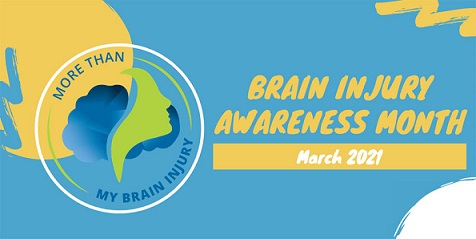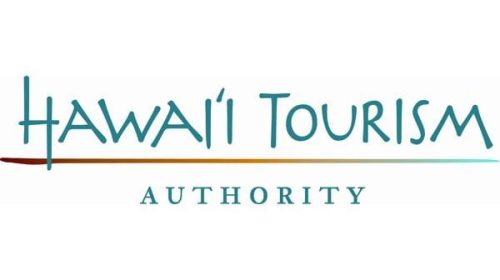Hawaii sees 12,000 brain injuries at ER rooms every year
Every year about 12,000 people in Hawai‘i go to an emergency room seeking treatment for a brain injury and approximately 1,300 are hospitalized.
Brain injuries can happen to anyone and often cause significant changes in the ability to think, communicate, move, and regulate emotion. To bring attention to this serious public health concern, Hawai’i Governor David Y. Ige and City and County of Honolulu Mayor Rick Blangiardi proclaim March 2021 as Brain Injury Awareness Month. For a week starting this Sunday, March 14, 2021, Honolulu Hale will be lit up in blue, the Brain Injury Association of America’s (BIAA) recognized color of brain injury awareness.
The Neurotrauma Program in the Hawaii Department of Health (DOH) Developmental Disabilities Division encourages everyone to learn more about preventing and healing brain injuries by participating in activities available at: https://health.hawaii.gov/nt/news/bia2021/.
Participants can:
- Learn about local organizations working to prevent, reduce and address brain injuries
- Read personal stories of what it is like to live with a brain injury
- Try exercises that brain injury survivors practice to regain balance and coordination
- Play games that rebuild visual perception and skills after a brain injury
According to Mary Brogan, the DOH Developmental Disabilities Division Administrator, “Having a brain injury can be like living with someone you met a long time ago. Pieces of yourself are there but some are missing, and other pieces don’t fit together nicely. It can feel like your brain belongs to someone else. We hope the community can learn more about how to keep their loved ones safe and prevent brain injuries, especially at home, where a high percentage of brain injuries occur through falls and other incidents.”
Additional educational materials can be accessed and downloaded through BIAA at biausa.org/raiseawareness. BIAA’s March awareness campaign “More Than My Brain Injury” aims to de-stigmatize the injury, highlight the diversity of the brain injury community, and empower survivors.
Here are some quick prevention techniques that everyone can do to avoid or minimize a traumatic brain injury:
- Wear a seatbelt every time you drive or ride in a motor vehicle and properly install and use infant and child car seats.
- Never drive while under the influence of alcohol or drugs.
- Wear a helmet or appropriate headgear when you or your children ride a bike, motorcycle, moped, scooter or skateboard, play contact sports or baseball/softball, or ride a horse.
- Eliminate trip hazards at home for kupuna through regular medication reviews and annual eye exams. Regular exercise is highly recommended to help older adults maintain and improve balance by building core strength.
- Make living and play areas safer for children by installing window guards, safety gates at the top and bottom of stairs, and make sure your child’s playground has soft material installed under it.
For additional information and resources for individuals with traumatic brain injury, please call Hawai‘iʻs Neurotrauma Helpline at (808) 733-2155 or (833) 333-5133 or visit our Neurotrauma Program website at http://health.hawaii.gov/nt/.




